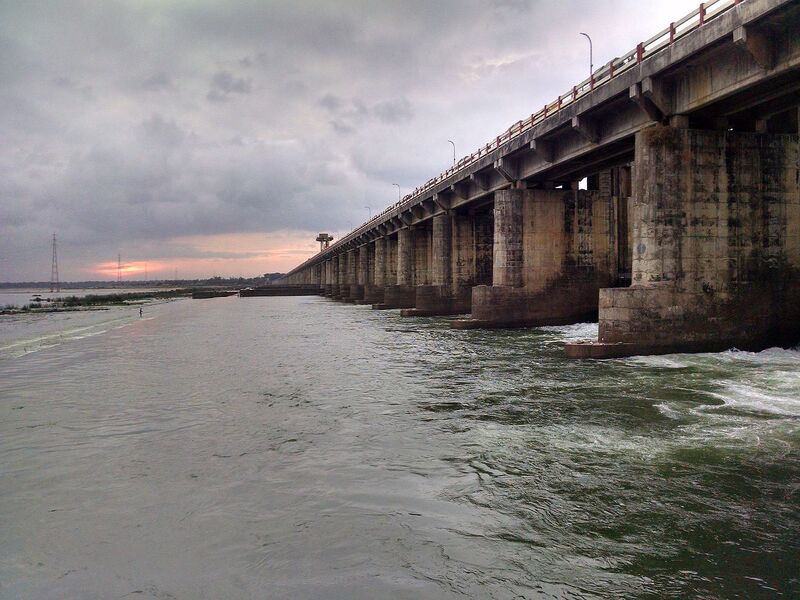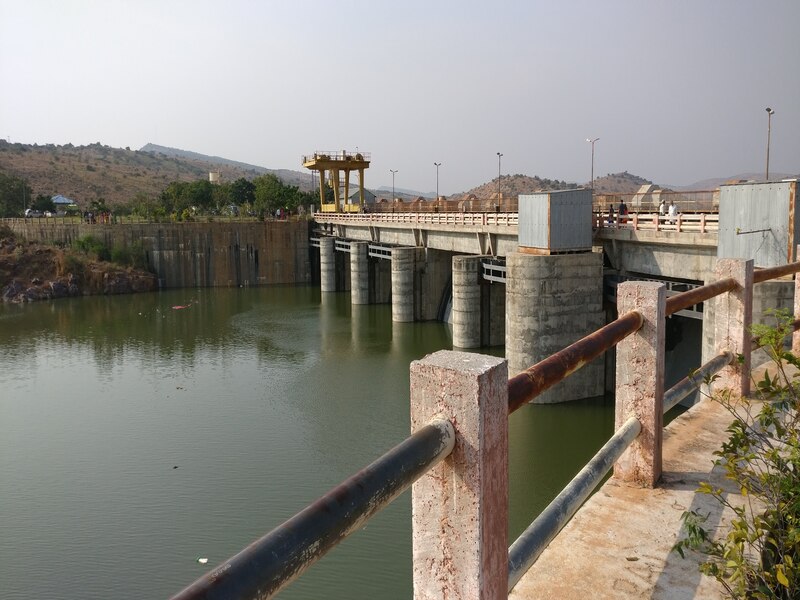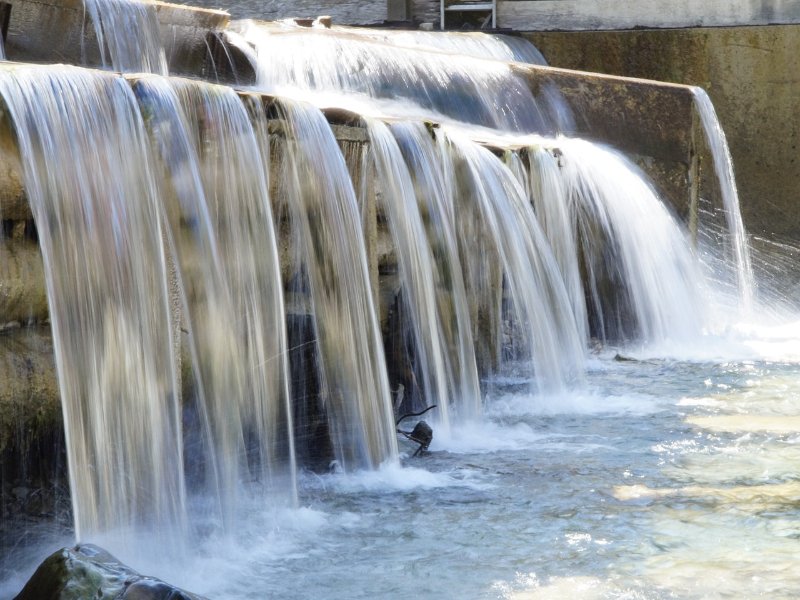The Chitravathi Pumped Storage Project is a proposed 500MW/2,805MWH pumped storage hydroelectric scheme in Sri Sathya Sai/Kadapa District of Andhra Pradesh, India.
Formerly known as Non-Conventional Energy Development Corporation of Andhra Pradesh Limited (NEDCAP), M/s New & Renewable Energy Development Corporation of Andhra Pradesh (NREDCAP) will be the nodal agency behind the project development.
With an estimated total project cost of INR24.06bn ($290m), the project will have peak operating duration of 5.58 hours and will be commissioned approximately four years from the start of the project as planned. For pre-construction activities, additional nine months have been planned.
A new EIA notification was issued in September 2006 by the Ministry of Environment Forest and Climate Change (MoEF&CC) of the Government of India. According to this notification, the project is a Pumped Storage Hydroelectric Project (PSHEP).
Project Gallery
In October 2021, the MoEF&CC issued the Terms of Reference (TOR) for the project. Based on TOR, the EIA study was completed successfully.
An Environmental Impact Assessment (EIA) and Environmental Management Plan (EMP) Report of the project was published for NREDCAP in March 2023.
The MoEF&CC granted environmental clearance to NREDCAP in August 2023.
Location Details of Chitravathi Pumped Storage Project
The Chitravathi Pumped Storage Project is proposed on the Chitravathi River, a tributary of the Pennar River and will be located at the border of YSR Kadapa and Sri Satya Sai districts of Andhra Pradesh.
The project site is accessible from the State Highway SH 121. The nearest airport to the site is Tirupati Airport (260km), the nearest railhead with unloading facilities is Chinnekunta Palli (30km), and the nearest port is Krishnapatnam Port (280km).
Approximately 136 hectares (ha) will be the total land required for construction activities.
The Chitravathi dam is located in the YSR Kadapa District and the reservoir in the Sri Satya Sai District.
The Chitravathi Balancing Reservoir (Sri Penchikala basi Reddy) is located across the Chitravathi River near Parnapalli Village, Lingala Mandal, YSR Kadapa District.
The new upper reservoir and components will be constructed on the left bank of the Chitravathi Dam near Peddakotla Village, Sri Satya Sai District.
Chitravathi Pumped Storage Project Components
The embankment dam of the project will be a clay core rockfill type dam made up of excavated material from the reservoir, water conductor system, and underground caverns. The dam will have a 10m wide crest, an upstream slope of 1V:2.25H, and a downstream slope of 1V:1.75H.
The upper reservoir will be newly constructed with available live storage of 0.216 Thousand Million Cubic Feet (TMC) (6.11 Million Cubic Metre (MCM)), and Elevation Level (EL.) 495m at Full Reservoir Level (FRL). The existing lower reservoir has EL. 298m FRL and live storage of 10.1TMC (1.22MCM).
There will be a diffuser-type upper intake structure of 6 bays with 5.9 widths each. It will have a sill intake level of EL. 442.50m. The intake structures will have trash racks to prohibit entry of the floating debris into the system.
There will be two generating units of the water conductor system which will receive water from a single power intake structure. A steel-lined 7.7m diameter main penstock will be divided near the powerhouse and transport water to the independent generating units at a horizontal angle of 60o.
The water conductor system will consist of one number steel lined pressure tunnel divided into two-unit penstock. These units will feed 2 number of vertical shaft reversible Francis turbines of 250MW each. They will be housed in an underground powerhouse cavern (105*24*50.25m) (length*breadth*height) located on the left bank of the lower reservoir. The operating floor and crown of the powerhouse will be at El. 263.60m and El. 285m respectively.
A 35m long service bay (unloading cum erection bay) will be located at the operating floor level of El. 263m on the east side of the powerhouse and a 90*18.5*31.10m (length*breadth*height) transformer cavern will be situated 36m downstream of the powerhouse cavern.
The isolated phase bus will directly connect each generating unit of the powerhouse to three single-phase generator step-up transformers.
The transformer cavern will house seven single-phase transformers, including a spare transformer, at an El. 263m. At El. 275m, a gas-insulated switchgear will lie on the floor above the transformers.
Two tail race tunnels are proposed for the project: one 200m long circular concrete-lined tail race tunnel with a 10.7m diameter and second 5.5m diameter circular tailrace tunnels emerging from the draft tube end.
The tailwater from the powerhouse will enter back into the river via the tail race tunnel in the turbine mode of the operation. In the pumping mode, the tail race tunnel will convey water to the reversible turbine from the lower intake structure.
A lower intake structure of diffuser type will be built on the left bank of the Chitravathi River. The structure will help in the smooth entry of water from the lower to the upper reservoir.
Chitravathi Pumped Storage Project Working Details
The Chitravathi Pumped Storage Project will consist of two reservoirs. The Chitravathi balancing reservoir will act as the lower reservoir and a new reservoir will be built on the hilltop with an embankment of 57.3m maximum height.
The new reservoir will be created for cyclic use for the storage and discharge of energy.
If there are evaporation losses then, these will be recouped periodically.
The project entails the re-utilisation and non-consumptive use of 0.216TMC of water for re-circulation amongst both reservoirs.
Chitravathi Pumped Storage Project Contractors
In March 2023, the EIA and EMP Report for the project was prepared and published by Architects Engineers and Consultants (Aarvee Associates).
Aarvee Associates also successfully completed the feasibility study and detailed project report for the project in July 2021.
Commenced in November 2020, the Pre-feasibility study (PFS) and Detailed Project Report (DPR) were successfully completed by Energy Infratech.



